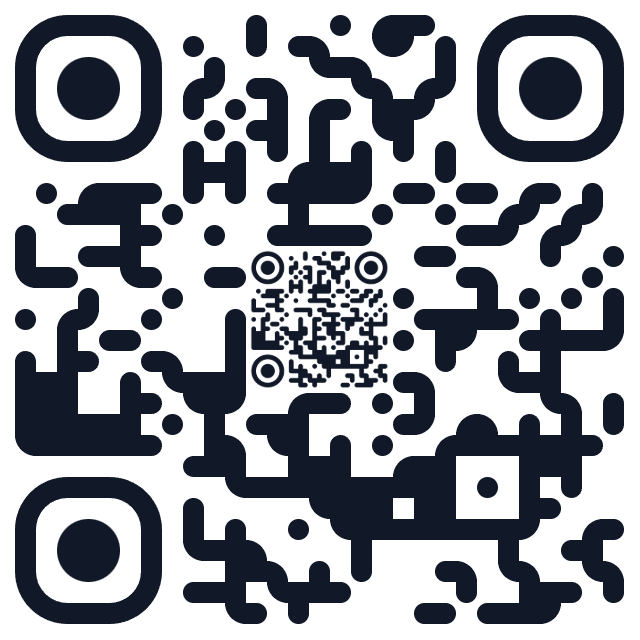How to Use
Learn how to create and customize QR codes in just a few simple steps.
Quick Start Guide
Enter Your Content
Navigate to the QR Code Generator and enter the text, URL, or data you want to encode in the input field. This can be a website URL, plain text, email address, phone number, or any other information you want to share.
Customize Your QR Code (Optional)
Personalize your QR code to match your brand or preferences:
- Pattern: Choose from various dot patterns (square, dots, rounded, etc.)
- Corner Style: Select different corner square designs
- Colors: Customize both the QR code color and background color
- Logo: Upload your company logo to appear in the center
- Logo Settings: Adjust logo size, margin, and background dot visibility
Generate Your QR Code
Click the "Generate" button to create your QR code. The code will appear instantly in the preview area. You can see how it looks and make any adjustments to the customization if needed.
Download and Use
Choose your preferred format and download your QR code:
- PNG: Best for web use and general purposes
- JPG: Smaller file size, good for email and web
- SVG: Vector format, perfect for print and scaling
Common Use Cases
🌐 Website Links
Share your website or landing page URL.
https://example.com📱 Phone Numbers
Enable one-tap calling.
tel:+1234567890💬 SMS Messages
Pre-fill SMS with text.
sms:+1234567890?body=Hello📶 WiFi Credentials
Share WiFi access easily.
WIFI:T:WPA;S:NetworkName;P:Password;;📍 Location/Maps
Share geographic coordinates.
geo:37.7749,-122.4194👤 vCard Contact
Share contact information.
BEGIN:VCARD...📝 Plain Text
Any text or message.
Your text hereBest Practices
Size and Placement
- Minimum print size: 2 x 2 cm (0.8 x 0.8 inches)
- Place QR codes at eye level when possible
- Ensure adequate white space around the code
- Larger codes are easier to scan from a distance
Color and Contrast
- Use high contrast between the code and background
- Dark code on light background works best
- Avoid light colors on light backgrounds
- Test your QR code in different lighting conditions
Testing
- Always test your QR code before printing or distributing
- Test with multiple devices and QR code readers
- Verify the destination URL or content is correct
- Check that the code scans from various distances
Content Guidelines
- Keep URLs short when possible (use URL shorteners if needed)
- Ensure destination pages are mobile-friendly
- Use HTTPS for secure connections
- Avoid encoding sensitive information in plain text
💡 Tips for Success
- •Use URL shorteners: For long URLs, use services like Bitly to create shorter links that are easier to encode and scan.
- •Add a call-to-action: Include text like "Scan to visit our website" near your QR code to encourage scanning.
- •Consider your audience: Ensure your target audience knows how to scan QR codes and has the necessary technology.
- •Monitor and update: If you use URL shorteners, you can update the destination without changing the QR code.
- •Brand consistency: Use your brand colors and logo to make QR codes recognizable and trustworthy.
Ready to Create Your QR Code?
Start generating professional QR codes in seconds with our free, easy-to-use tool.
Generate QR Code Now